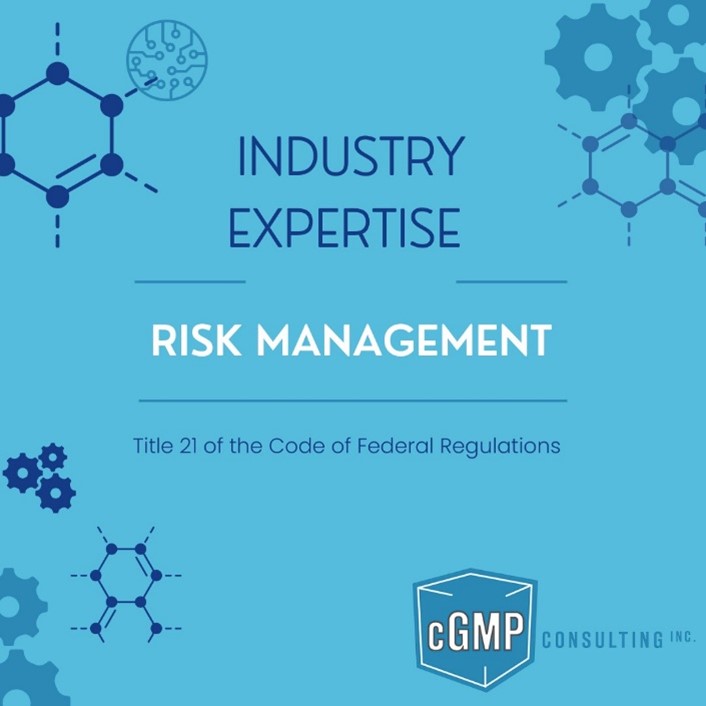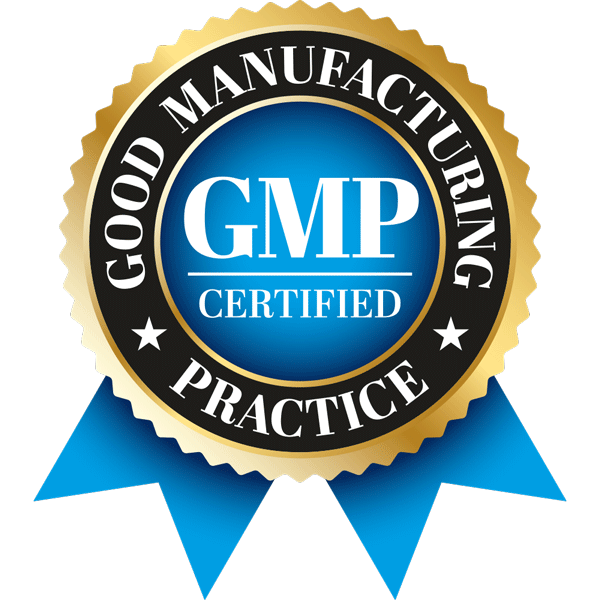
Risk Management in FDA-Regulated Industries
Discover Proven Strategies Through Risk Management
In sectors like pharmaceuticals, medical devices, dietary supplements, food production for humans and animals, etc., comprehensive risk management and thorough risk assessments are important. These sectors adhere to stringent regulatory frameworks designed to safeguard public health and ensure product efficacy. Effective risk management and assessments not only minimize the likelihood of adverse events but also fosters innovation, maintains product quality, and advances public health and safety. This is achieved by creating a clear path toward what is deemed important in the process. Involving all departments can create a general understanding of what the risks are, where controls are needed, and mutually agree upon the level of risk that is suitable for the given set of circumstances.
The International Council for Harmonisation of Technical Requirements for Pharmaceuticals for Human Use (ICH) provides industry guidance for Quality Risk Management Q9(R1). Here, we focus specifically on risk assessments. In regulated industries, various types of risk assessments are conducted to ensure product safety, efficacy, and quality.
Common Types of Risk Assessments
- Equipment/Machine Risk Assessment: Machine risk assessments (RA) are essential when designing new machines or modifying existing equipment to ensure the safety of the people who work with or around the machine. This is important for normal operation and maintenance or other less frequent interactions. Some measures to consider eliminating risks could be guarding, interlocks, emergency stop systems, training and procedures, warning labels, and personal protective equipment.
- Process Risk Assessment: Process RAs are conducted to identify potential risks associated with manufacturing processes, such as equipment failures, deviations from procedures, and environmental factors, enabling process improvements and risk mitigation.
- Product Risk Assessment: Product RAs evaluate the potential risks associated with specific products or product categories such as contamination, adulteration, or other quality issues that may impact product safety or efficacy.
- Supply Chain Risk Assessment: Supply chain RAs evaluate the potential risks associated with sourcing raw materials, components, or ingredients from external suppliers, focusing on reliability, quality control, and contamination risks.
- Cross-Contamination Risk Assessment: Cross contamination RAs evaluate the potential risks associated with the unintended transfer of contaminants between products, equipment, or personnel during the manufacturing process, guiding prevention and mitigation strategies.
- Packaging Risk Assessment: Packaging risk assessments evaluate the potential risks associated with packaging materials and processes, including the potential for leaching contaminants into the product, packaging defects, or tampering risks, to ensure product integrity
- Environmental Risk Assessment: Environmental risk assessments evaluate the potential risks associated with environmental factors, such as air and water quality, and waste management practices, that may impact product safety or regulatory compliance.
- Hazard Analysis and Critical Control Points (HACCP): HACCP is a systematic approach used in the food industry to identify, evaluate, and control hazards associated with food production. It involves identifying critical control points (CCPs) in the production process where hazards can be controlled and implementing measures to prevent or reduce risks.
- Hazard Analysis and Risk-Based Preventive Controls for Food for Animals (HARPC): HARPC is a food safety system built on the principles of HACCP. It involves systematically identifying and assessing potential hazards (such as biological, chemical, or physical risks) at each step of a food manufacturing process and helps determine where preventive measures are needed to ensure food safety through a proactive approach to risk assessment. Risk-Based Preventive Controls are designed to prevent or reduce food safety risks to acceptable levels. They are established based on the identified hazards and aim to protect both the food product and the consumer from the identified hazards.
These are just a few examples of the types of risk assessments conducted in FDA regulated industries. Each assessment plays a vital role in identifying and mitigating potential risks to product safety, efficacy, and quality, ensuring compliance with regulatory requirements, and protecting public health.
At cGMP Consulting, we offer expertise to guide you through this process, when it’s either expertise or bandwidth, that’s holding you back. Contact us today.




